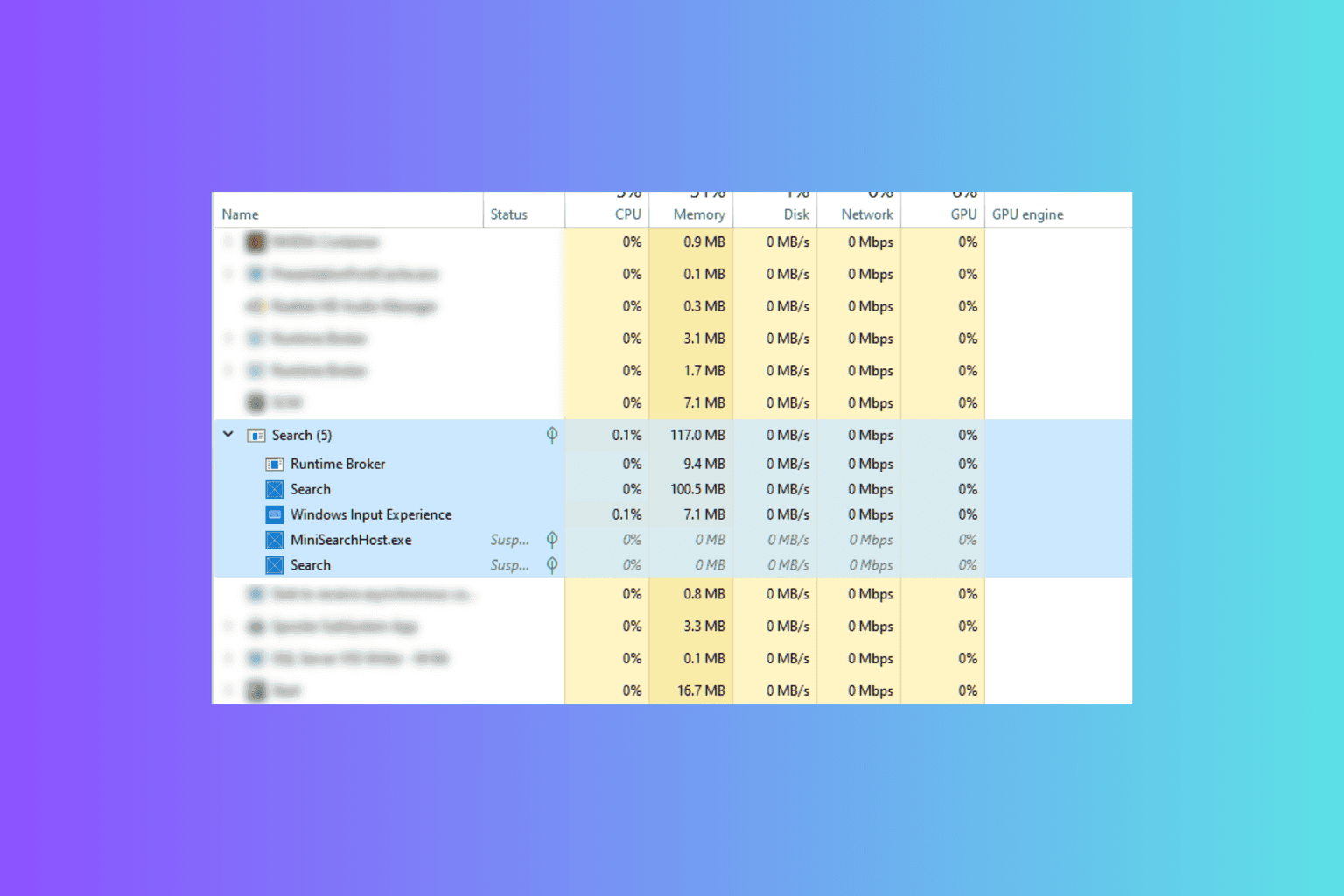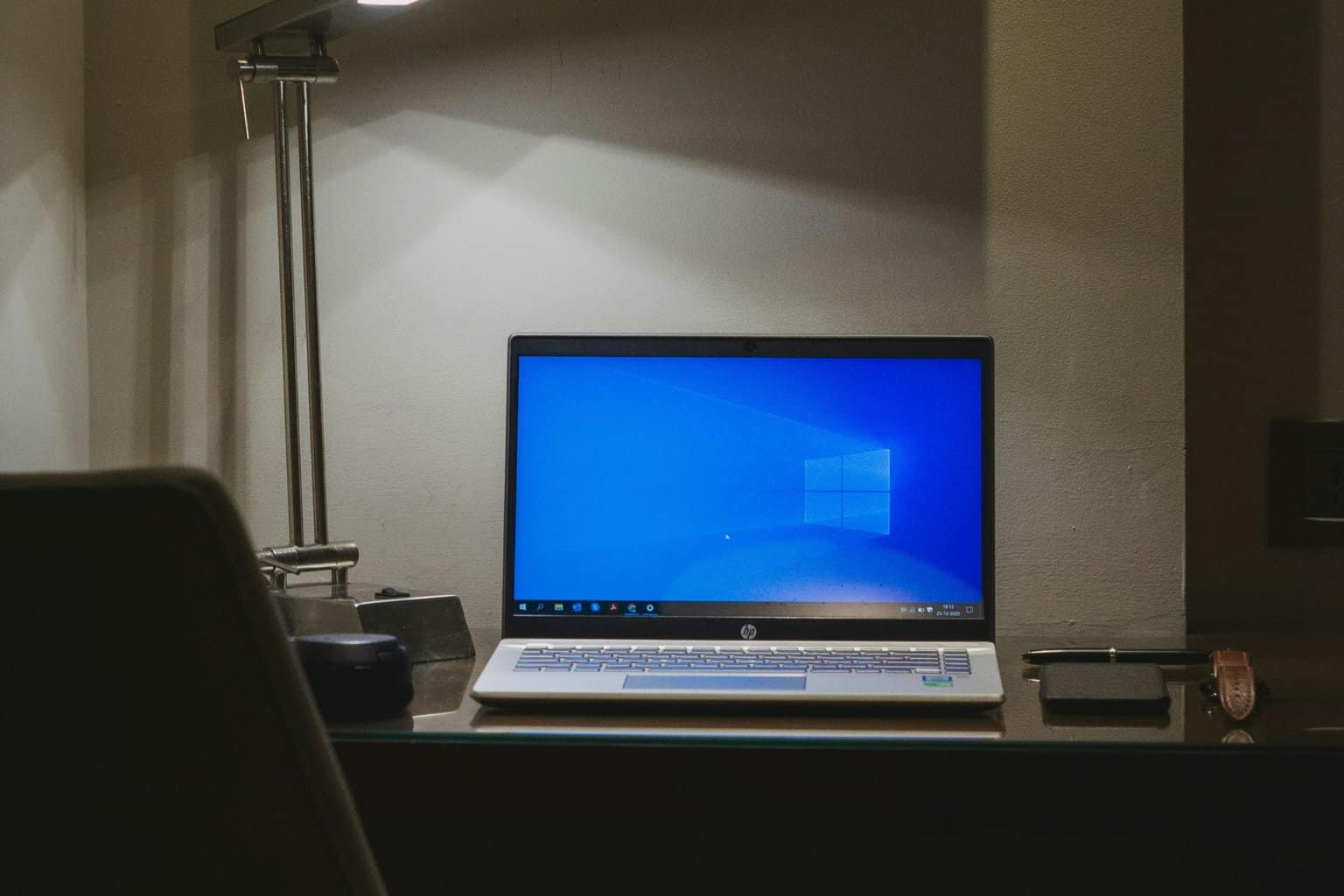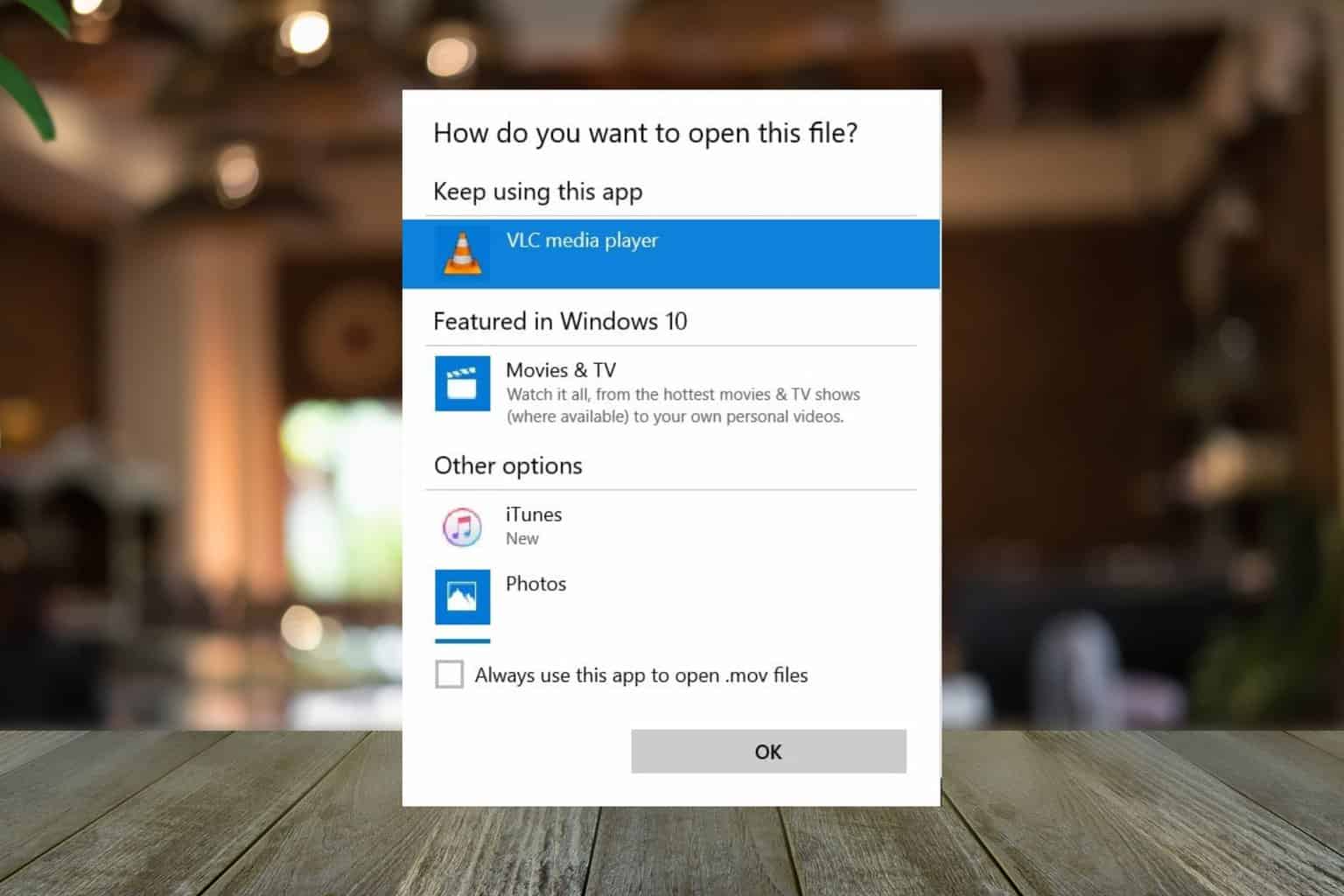Hide Control Panel settings on PC to stop other users from changing your settings
2 min. read
Updated on
Read our disclosure page to find out how can you help Windows Report sustain the editorial team Read more

In case you didn’t know, you have the ability to stop users from changing your settings in the Control Panel. Here is how to do this in Windows 10:
1. Hiding Control Panel settings using Group Policy
- Open the Run command by using the Windows key and R keyboard shortcut.
- Type gpedit.msc and click OK. This way you’ll open the Local Group Policy Editor.
- Browse the path: User Configuration > Administrative Templates > Control Panel
- Double click on Hide specified Control Panel items policy.
- Select Enabled.
- Click on the Show button.
- Type the names of the items that you don’t want Control Panel to show anymore.
- Click Ok, Apply and then on Ok again.
Close the Local Group Policy and open the Control Panel. You should only see the items you specified.
2. Hiding Control Panel settings using Registry
- Open the Run command by using the Windows key and R keyboard shortcut.
- Type regedit and click on OK to open the Registry.
- Go to HKEY_CURRENT_USER\SOFTWARE\Microsoft\Windows\CurrentVersion\Policies\Explorer
- Right click on the right side, select New and then click on DWORD.
- Name the key DisallowCPL and press Enter.
- Double click of the DWORD you created and set the value from 0 to 1.
- Right click on the Explorer folder. Select New and press on Key.
- Name the key DisallowCPL and press Enter.
- Right click on the right side, select New and click on String Value.
- Name the key with the desired setting you want to hide and press Enter.
- Double-click on the newly created string.
- Type the name of the Control Panel item you want to hide and click on OK.
Even if these steps work on Windows 10, all the instructions above will remain the same in case you’re running Windows 8.x or Windows 7.
RELATED STORIES TO CHECK OUT:








